I was hiding from the world.
For one and a half years, I had hidden myself away, preferring to lick my wounds in solitude. Everyone around me had been supportive, but now they were firm.
“You can’t lock yourself up” seemed to be the common refrain. It was time to rejoin the land of living.
It is not that I could avoid venturing out during this period. The last time my brother came for a visit, he dragged me to a multiplex to watch a film. Since the attention of the audience was riveted on the screen in darkness, it was fine. Only when I visited the washroom did I discover what it was like to be a persona non grata?
Most people did not meet my eyes, but the one that hurt me most was when a young woman repairing her makeup in the wall-to-wall mirror just looked through me as if I were nothing more than a transparent glass partition.
Perhaps she thought I was non-human—sans eyebrows and even eyelashes—that is what you look like—an alien.
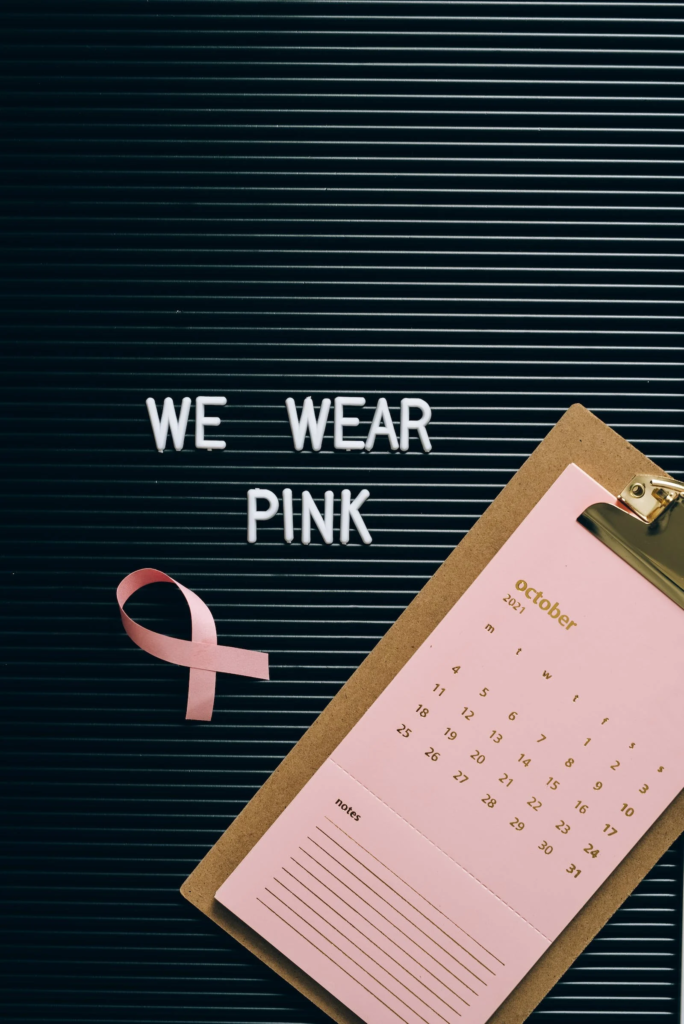
If I had removed my beanie, she would have been horrified to see me completely bald.
I later realised that doctors or sensitive ad makers often forget to mention that it is not only your beautiful tresses that fall off; all kinds of bodily hair disappear as well. The saving grace is, of course, that you don’t need to wax any more, but the disappearance of your eyebrows and even eyelashes was disconcerting. It takes a lot to accept that you closely resemble Voldemort of Harry Potter fame.
Despite all the warnings, it is difficult to free oneself from the vanities of physical beauty.
But then I thought my swollen-up face could be a blank canvas where I would draw anything—long curly eyelashes, shapely eyebrows, and perfect bow-shaped lips—not that I did any of these but simply let my imagination run.
I may have wanted to shut myself off, but no one was going to allow me that privilege. We had been invited to a programme of my alumni with cultural performances and dinner thrown in, and I was expected to make my social debut that evening. My daughter had consented to dance, and hence I could not wiggle out of this invitation.

My hair was growing back, though it was more like the crew cut of an army man or a freshly mowed lawn and nothing like the long, curly tresses that I flaunted before. And instead of long, shapely eyebrows, I just had a faint, dark, curving line.
But it was not the looks that disturbed me the most; it was the questions; some were asked, and the rest were unspoken but reflected in their eyes.
What I dreaded the most was the pity in their eyes. I did not want to bear my mental vulnerability and my physical frailty. The questions ranged from ‘How are you? Are you okay now? Is the cancer gone? How do you know if it’s gone? What are the chances of it coming back? How did you know you had cancer?’
Sometimes I just felt like shouting at them that I was not an information kiosk. If you want to know, just Google.
As I watched my daughter rehearse her dance number, I had a light bulb moment—I could join her.
Of course, I was no longer nimble-footed enough to match her. My peripheral neuropathy made the simple tasks of keeping balance and bearing weight challenging. But I could compensate with my facial expressions and, with some clever choreography, even catch a breather, leaving my daughter to do most of the footwork.
We chose a song by Tagore, “Momo chitte niti nritye,” which spoke about the eternal dance of ecstasy and harmony, where death dances along with birth, tears and laughter sway rhythmically, as do liberty and confinement. The spirit of the song was perfectly in tune with my mood and the state of my mind. I had another motivation, apart from proving to people that I was not frail. After the near brush with death, I knew we were all living on borrowed time, and it was far more important to make memories with loved ones. And I intended to build up a treasure house of memories for my daughter.
The programme went off well. We performed together without a glitch, except for my dupatta, which had come off in the middle of our dance. We were greeted with jubilant clapping as we got off the stage. It was not that I could avoid the questions, but the dance performance had bolstered my confidence, and I could handle anything that was dished out with elan. I even gave an impromptu lesson on early detection of breast cancer.
Ironically, when I used to learn classical dance in my childhood, I seldom enjoyed the classes. Rigorous practice, strict discipline, and examinations took the joy out of dancing, though my posture and hand movements were brought to perfection. But years later, in my forties, when I resumed dancing and participating in occasional performances, I discovered the freedom that it offered. My creative and aesthetic sides blossomed. It brought back confidence and self-esteem and soothed my battle-scarred soul.

In this vast cosmic world where humans are just specks and not at all in control, for the first time I realised I could revel in true joy without any anxiety about my future, simply by surrendering myself to the rhythm of the eternal dance of creation.
Good and evil, laughter and tears, creation and destruction, and life and death coexist, as the Bard had said in his song. The true key to mental peace and serenity was acceptance. I have finally learned to match my steps with the rhythm of life.
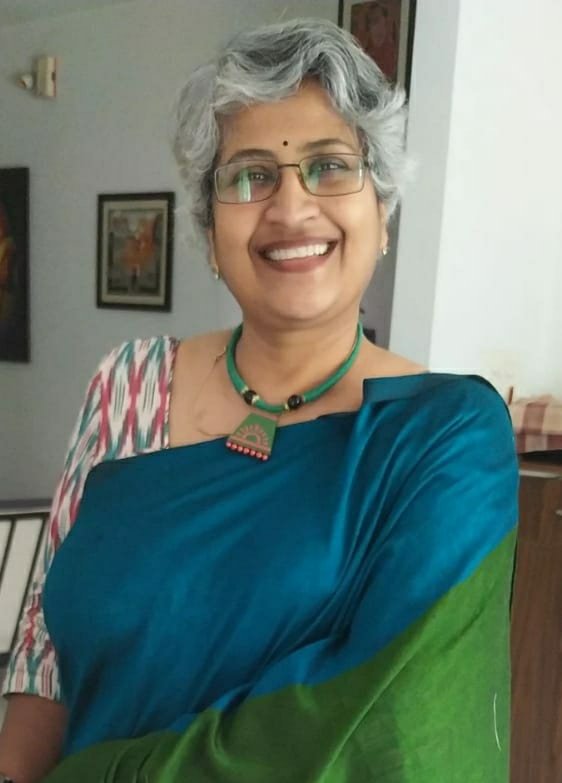
By Anindita Chowdhury
Anindita Chowdhury is a special correspondent of the English daily, The Statesman. She is based in Hyderabad. Apart from reporting, she writes short stories and essays with special focus on history, particularly the social and cultural aspects of the bygone era. She can be contacted at aninditasmail@gmail.com.







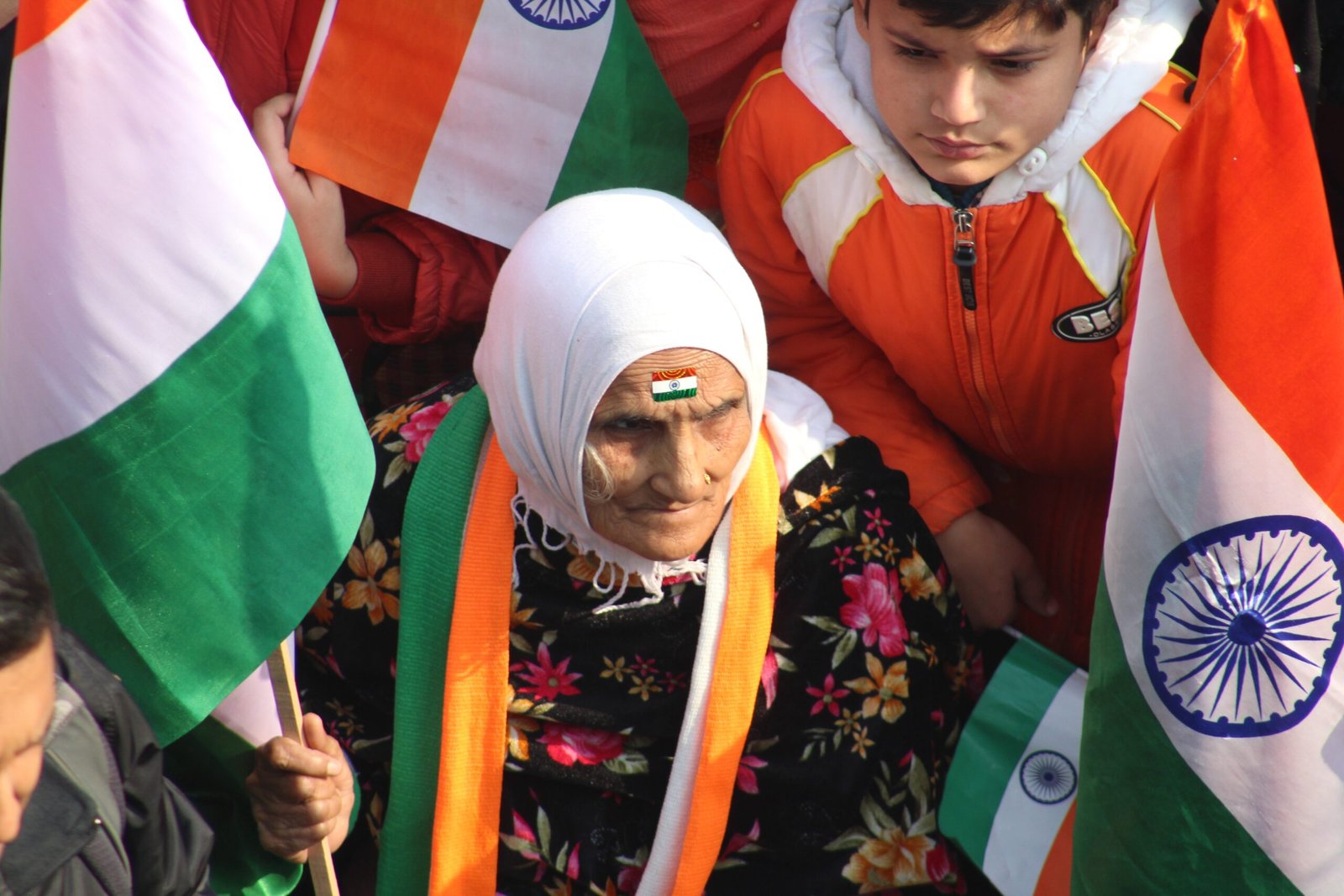
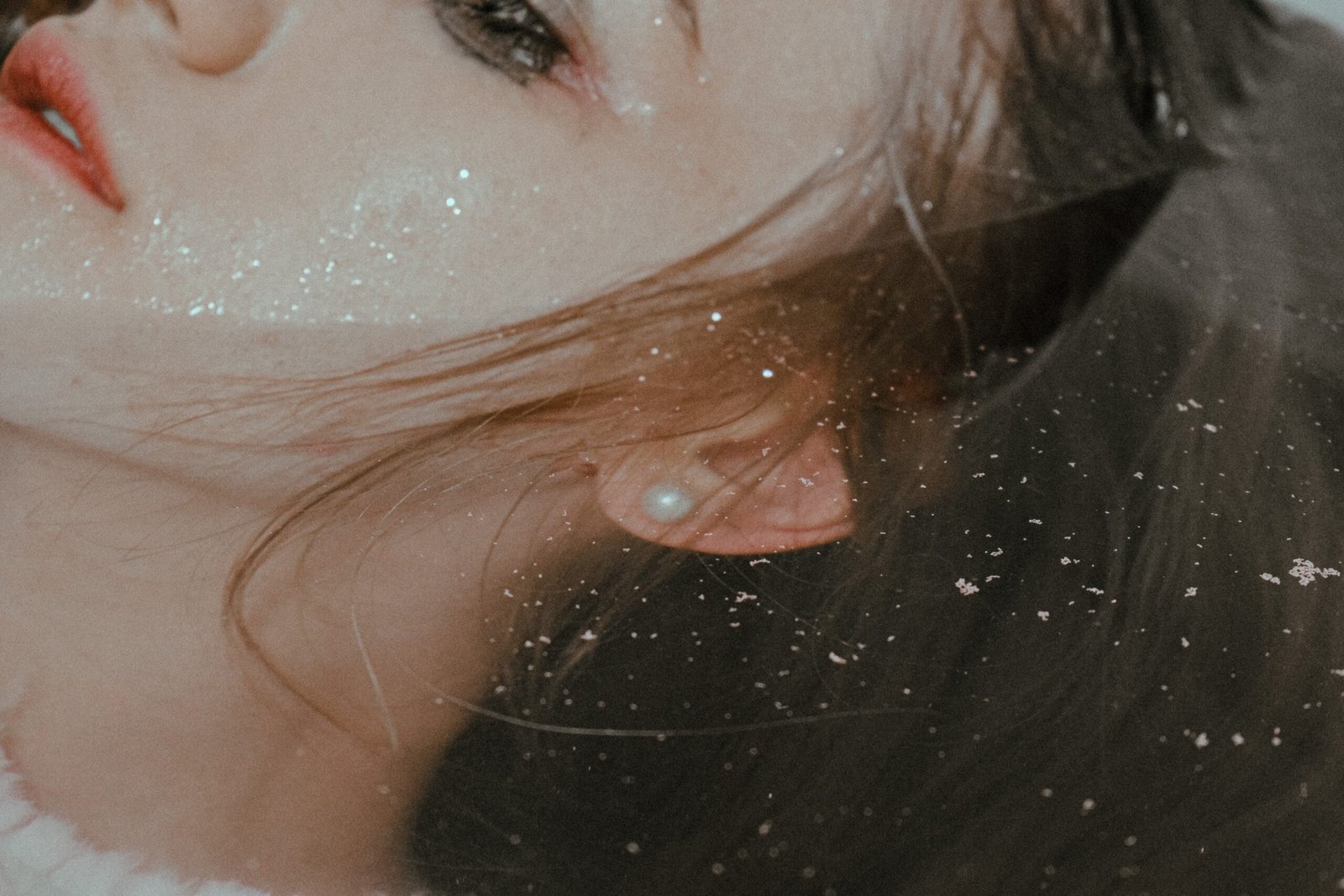


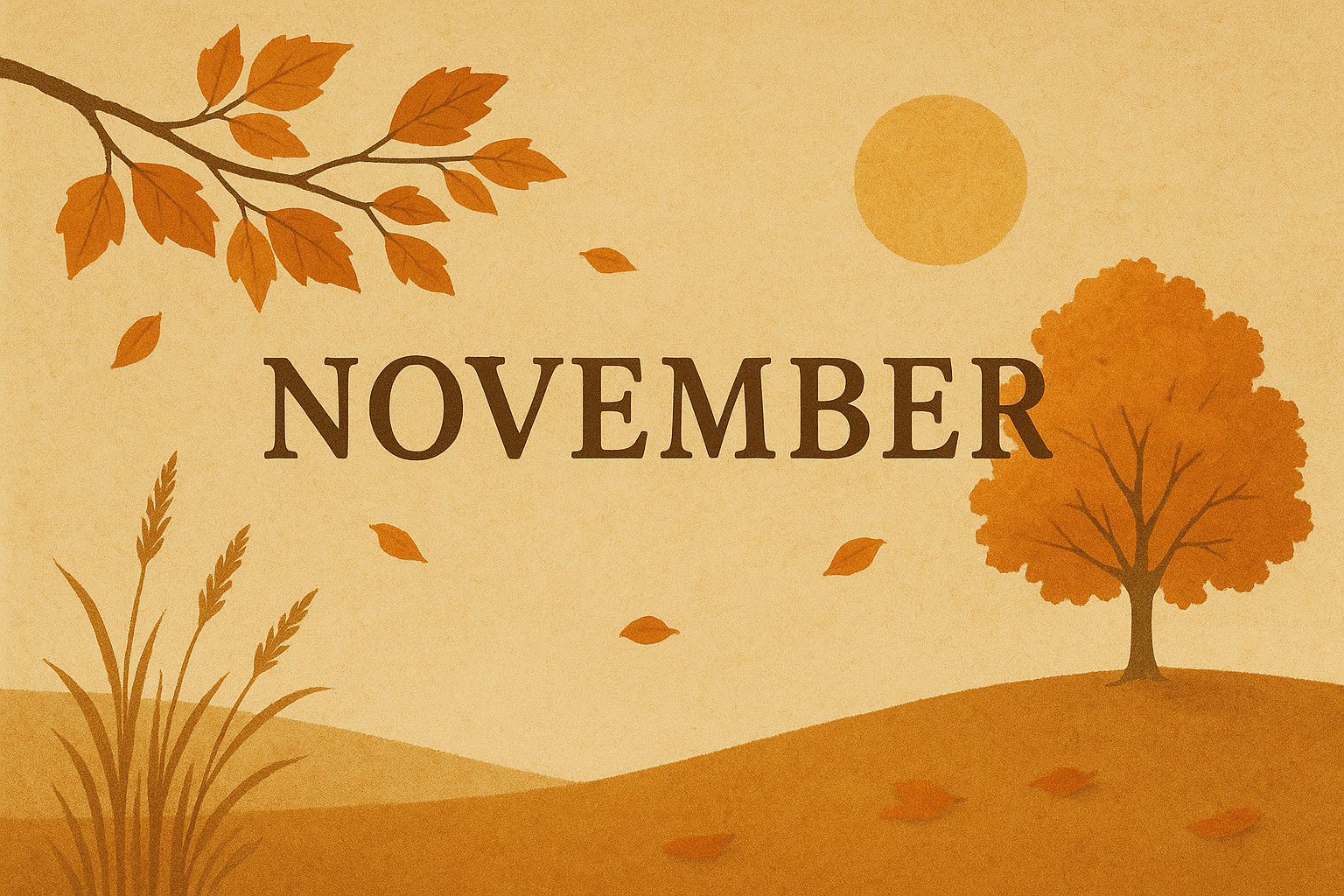



4 Responses
Words would hardly be able to express how I feel. But a standing ovation to your spirit once again, just as the one after your performance that day.
Touching. That is why I love you so much, my adorable little sister.
You are a hero. Awesome lekha and awesome you…